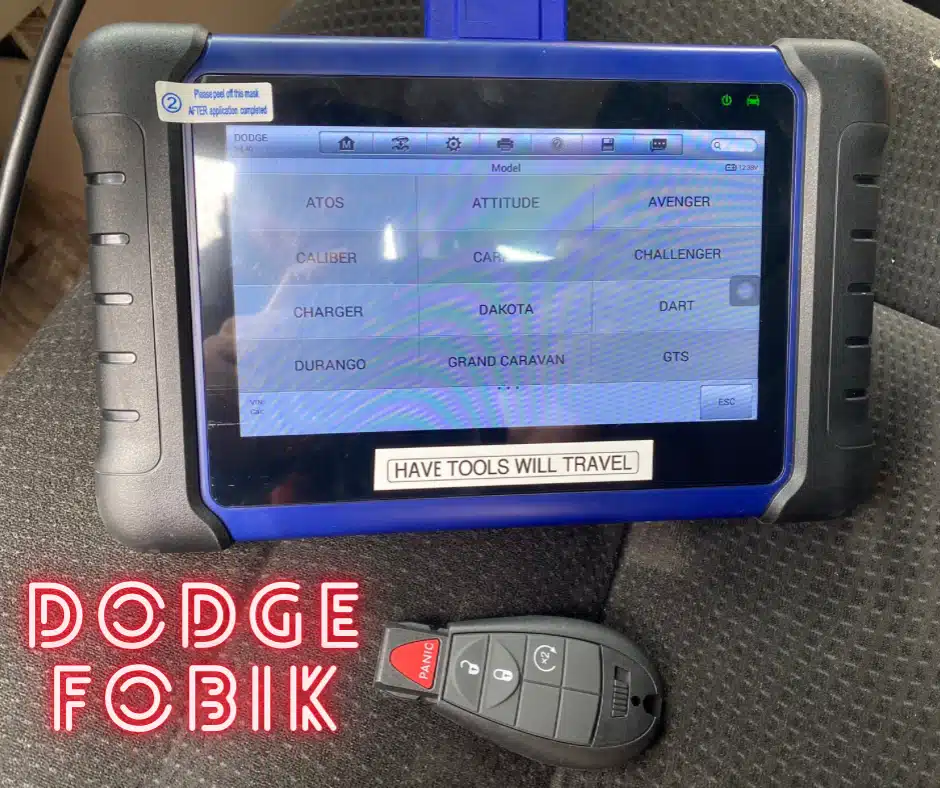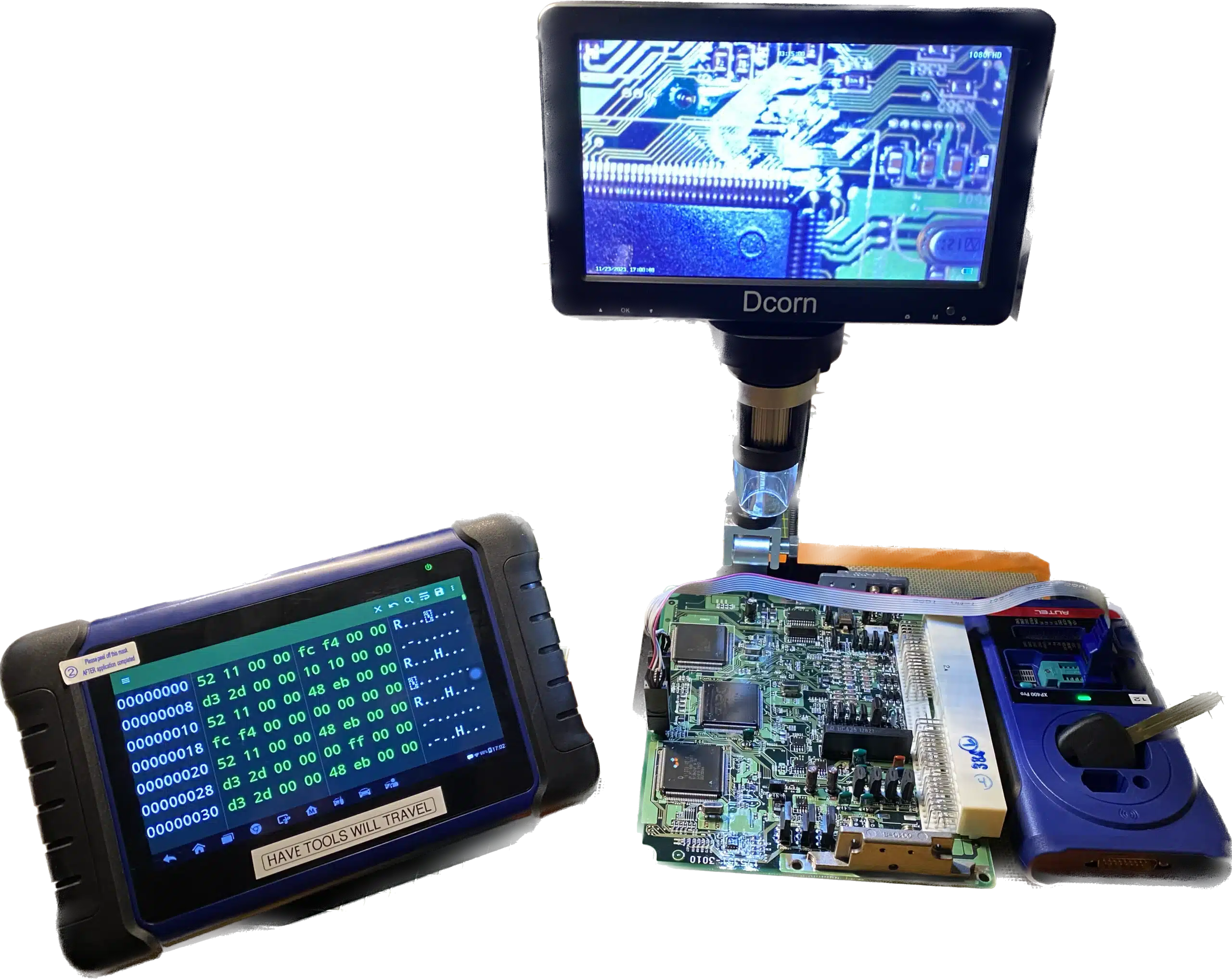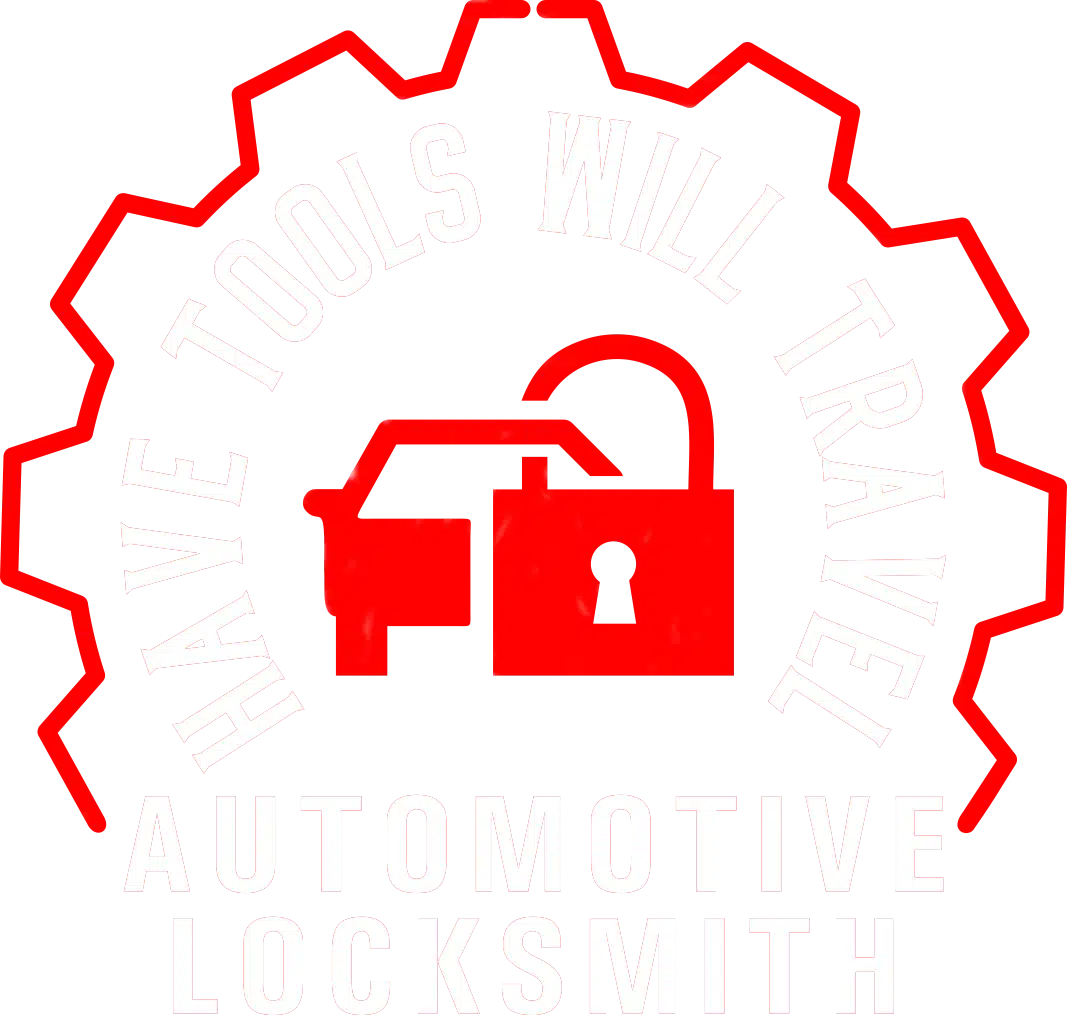Automotive Key Programming
WHY AUTOMOTIVE KEY PROGRAMMING IS CRUCIAL:
Automotive Key Programming is vital for protecting vehicles, responding to the rise in car thefts with the emergence of modern Immobilizer Systems in the 1980s. In 1986, General Motors introduced VATS in select Corvette models to counter car theft rates. Ford followed suit in 1996 with the introduction of the Passive Anti-Theft System (PATS), surpassing earlier systems in sophistication. PATS, relying on a transponder chip in the key, paved the way for diverse Automotive Immobilizer Systems, including advancements like Remote Keyless Entry (RKE) and Smart (Proxy) Keys.
UNDERSTANDING IMMOBOLIZER SYSTEMS:
Immobilizer systems, or immobilizers, act as robust deterrents against unauthorized access and vehicle theft. Their primary aim is to immobilize the engine, allowing ignition only with a valid key or key fob.
Here’s a simplified breakdown of a typical immobilizer system operation:
Key or Key Fob with Transponder: The key or key fob has a transponder emitting a unique code or signal.
Ignition System Communication: Upon key insertion or pressing the start button, communication occurs between the vehicle’s immobilizer system and the engine control unit (ECU).
Authentication Process: The immobilizer system challenges the transponder in the key or key fob for authentication.
Transponder Response: The transponder responds with the unique code or signal it holds.
Authentication Verification: The immobilizer system checks the received code against a stored database. A match deems the key or key fob valid.
Engine Start: Successful authentication prompts the immobilizer system to signal the ECU for engine start. Authentication failure keeps the engine immobilized.

ADDRESSING THE NEED FOR KEY PROGRAMMING SOLUTIONS:
We provide diverse key programming solutions tailored to different vehicle manufacturers and models. Our primary approach involves programming via the OBD (On-Board Diagnostics) port, using a specialized Automotive Locksmith Scan Tool—a swift and convenient process supported by most North American and Asian vehicles.
For newer models post-2020 lacking support for aftermarket scan tools, we use OEM (Original Equipment Manufacturer) software, requiring a VSP (Vehicle Security Professional) license from NASTF (National Automotive Service Task Force) and a J2534 pass-thru device. While this incurs additional costs, it ensures compatibility.
In specific cases, especially for older Toyota and Lexus models (1998-2004) with the 4C transponder chip, keys are programmed by reading and writing to the EEPROM inside the vehicle’s ECU or Immobilizer Module. This intricate process, reserved as a last resort when other options are exhausted, involves reading the EEPROM directly from the chip on the PCB (printed circuit board). The EEPROM chip may need de-soldering for the reading and writing process, followed by careful soldering back onto the board. Though the cost varies, it consistently proves more economical than opting for a complete ECU replacement.
Contact us in Kelowna, BC, for all your Automotive Key Programming needs. Our mobile service, competitive pricing, and punctuality ensure a seamless experience, providing reliable solutions for your vehicle security.

